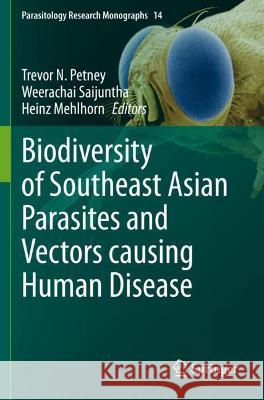Biodiversity of Southeast Asian Parasites and Vectors causing Human Disease » książka
topmenu
Biodiversity of Southeast Asian Parasites and Vectors causing Human Disease
ISBN-13: 9783030711634 / Angielski / Miękka / 2022
This thematic collection focuses on key parasites and their vectors in Southeast Asia. Up-to-date essays invite readers to discover parasite and vector morphology, genetic diversity as well as dynamic parasite communities linked to human land-use and climate change. The authors shed light on transmission pathways and explore tick-borne diseases, intestinal protozoa, cestodes, nematodes and the multiplicity of cryptic trematode species. Particular attention is given to mosquito vectors in changing environments and the dynamic biodiversity of vertebrate hosts, including mammals, birds and fish.
The richly illustrated chapters are completed by new approaches in diagnostic methods, treatment and prevention to protect humans and animals from tropical parasite infections. Not only parasitologists and experts in tropical medicine but also public health officials and travelers will find this volume highly informative.











